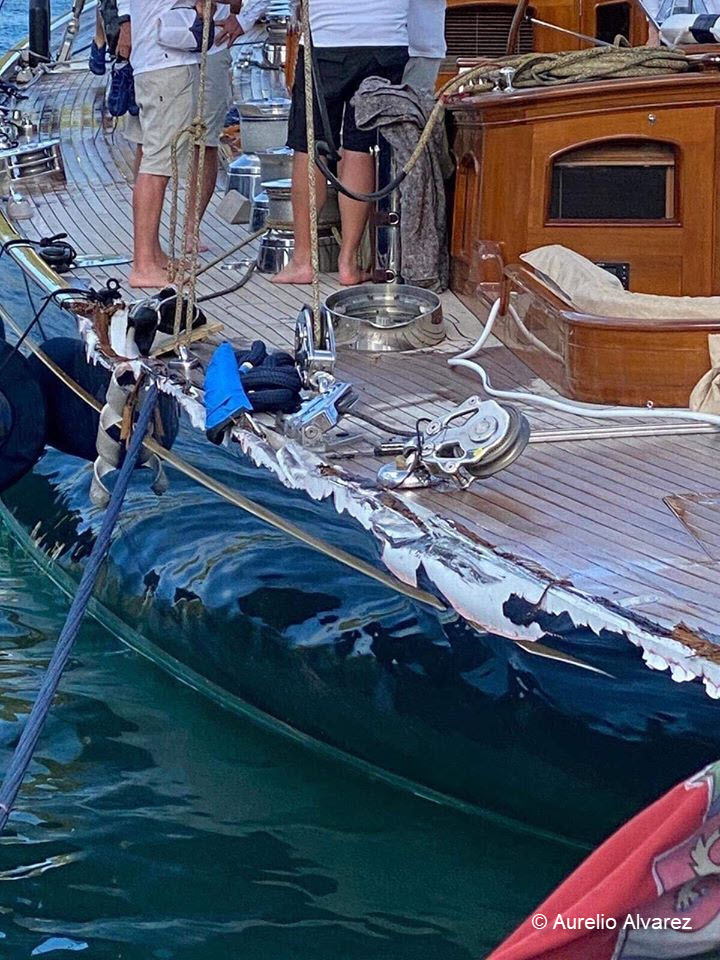
Van at the Armstrong House in Queens, N
Van Morrison in lockdown: ‘I am trying to get back into writing songs’ | The Independent
by Martin Chilton

An update on John pic.twitter.com/fPQbv0tLyB
— John Prine (@JohnPrineMusic) March 29, 2020
Today @jaketapper asked @JoeBiden what his message is to Americans who are afraid. If you’re feeling uneasy, uncertain or scared right now, listen to him talk about how we will get through this and how he’s so darn proud to be an American. pic.twitter.com/Hvk5FPOgzG
— Kate Bedingfield (@KBeds) March 24, 2020
Alarm sounded by the Director of Health Security, Johns Hopkins School of Public Health. https://t.co/YDGtCla9bi— George Conk (@GeorgeConk) March 24, 2020
Now is the time to stay at home. Our respiratory team have a clear message- stay at home to save lives #stayathome #fightback #COVID19 #jointhefightback pic.twitter.com/8fLhug8xTC
— Belfast Trust (@BelfastTrust) March 22, 2020
A good illustration of why the surgical hand washing technique is really very important pic.twitter.com/zI3W5Ym4ZA
— Josh Marshall (@joshtpm) March 21, 2020
UK's Boris Johnson and Australia's Scott Morrison are following the 4 stage strategy for dealing with #Coronavirus. pic.twitter.com/0zuwdSfGZ8
— Syrian Girl 🇸🇾 (@Partisangirl) March 17, 2020

 Facts found:
Facts found:Stay at home as much as possible. Listen to the experts, ignore the morons (foreheads). We will get through this together. pic.twitter.com/FRg41QehuB
— Arnold (@Schwarzenegger) March 16, 2020
Join me at City Hall for an important update on our city's response to COVID-19. https://t.co/TOVCtB9naf
— Mayor Bill de Blasio (@NYCMayor) March 15, 2020
Cc @AnandWrites https://t.co/TfBHztyVRY
— Neera Tanden (@neeratanden) March 15, 2020
— rat king (@MikeIsaac) March 13, 2020
There are simple things we each must do to protect ourselves from #COVID19, including 👐 washing with 🧼 & 💦 or alcohol-based rub.
— World Health Organization (WHO) (@WHO) March 13, 2020
WHO is launching the #SafeHands Challenge to promote the power of clean 👐 to fight #coronavirus.
Join the challenge & share your 👐 washing video! pic.twitter.com/l7MDw1mwDl
McCoy Tyner - Jazz piano powerhouse is dead at 81by Ben RatliffeBelow - Tyner in 1991 and performing in Belgium 1965
McCoy Tyner, a cornerstone of John Coltrane’s groundbreaking 1960s quartet and one of the most influential pianists in jazz history, died on Friday at his home in northern New Jersey. He was 81.
Along with Bill Evans, Herbie Hancock, Chick Corea and only a few others, Mr. Tyner was one of the main expressways of modern jazz piano. Nearly every jazz pianist since Mr. Tyner’s years with Coltrane has had to learn his lessons, whether they ultimately discarded them or not.
Mr. Tyner’s manner was modest, but his sound was rich, percussive and serious, his lyrical improvisations centered by powerful left-hand chords marking the first beat of the bar and the tonal center of the music.
That sound helped create the atmosphere of Coltrane’s music and, to some extent, all jazz in the 1960s. (When you are thinking of Coltrane playing “My Favorite Things” or “A Love Supreme,” you may be thinking of the sound of Mr. Tyner almost as much as that of Coltrane’s saxophone.)

.@SenAlexander: "How do you know if you have the flu as opposed to #coronavirus?"— CSPAN (@cspan) March 3, 2020
Watch Dr. Anthony Fauci's (@NIAIDNews) explanation in the video.
Full video here: https://t.co/QFsHkAdp6Q pic.twitter.com/pJXY0gBHZC